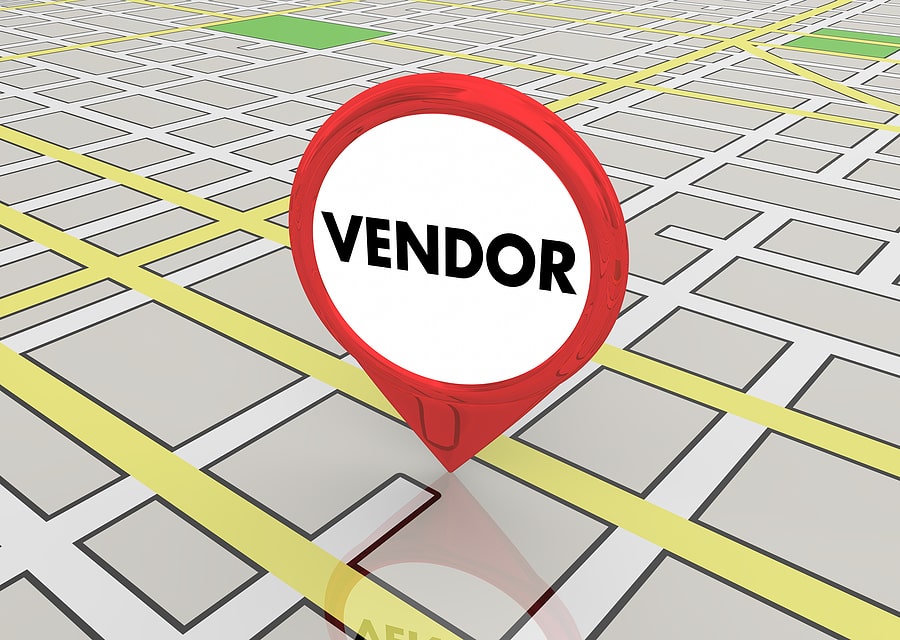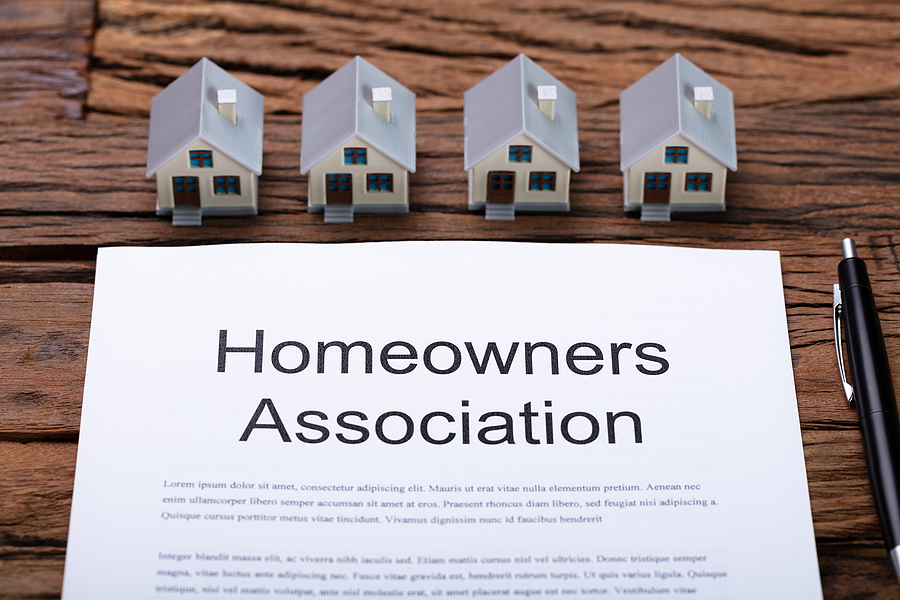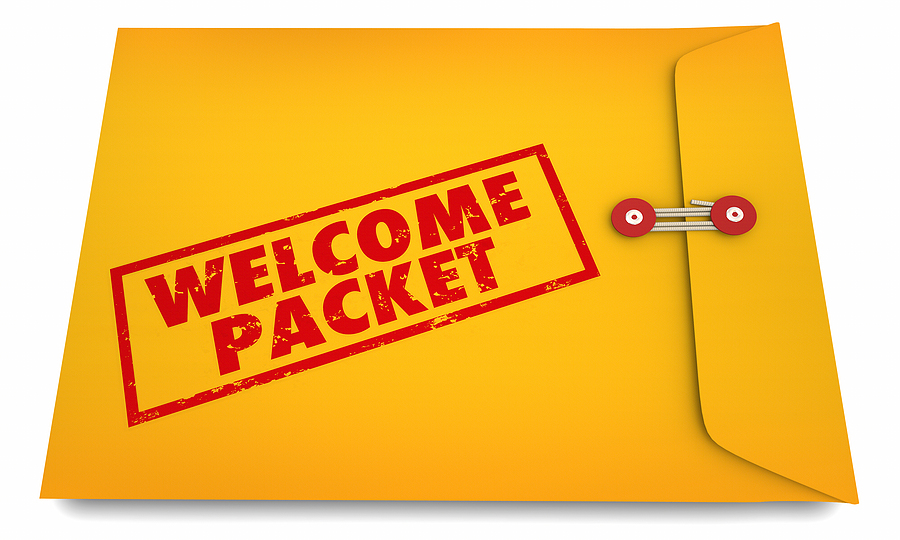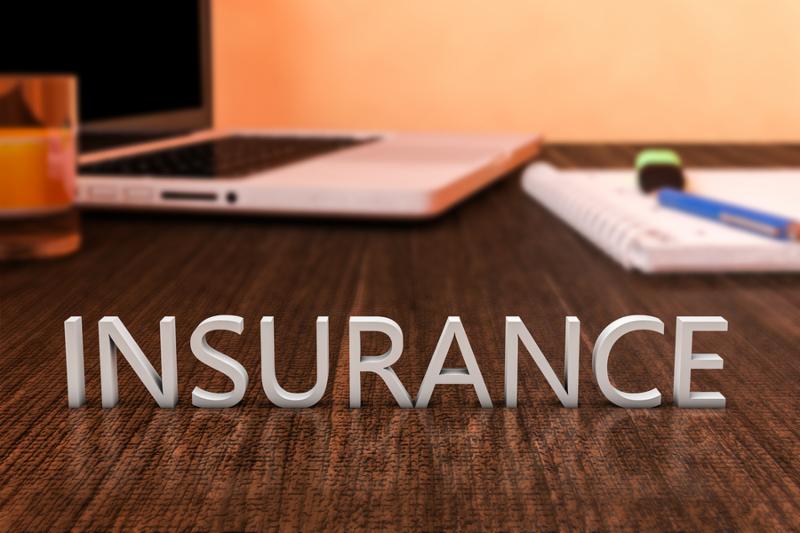Sharper Welcomes 3 New Staff Members

In addition to the growing number of new clients in 2023, Sharper is pleased to add three new-to-us, but experienced-in-the-industry, staff to our already strong stable of community managers. Joining as portfolio managers, we welcome Steven Smith, Josh Fuhreck, and Kimberly Schlauderaff. Kim brings 20 years of property management experience and holds industry designations of Certified Manager of Community Associations (CMCA) and Association Management Specialist (AMS) through the Community Association Institute (CAI). She is an industry veteran that began in the rental management field before coming to the community association side and has since won awards through CAI for Excellence in Service. Outside of work, Kim loves practicing yoga, hiking, gardening, and DIY projects with her granddaughter. Josh comes with a decade of experience in HOA management after beginning his career on the commercial side. He also holds his CMCA and AMS designations. A native of Milwaukee, Josh enjoys following WI sports teams and spending time at the lake with his wife, young daughter, and two dogs. Finally, Steven comes to Sharper with 8 years in association management but over 40 years in various management positions in hospitality and other related industries. Steven also holds his CMCA and AMS designations, and he is a CAI award winner for Financial Impact. “We are fortunate to have an already solid and experienced group of community managers,” said the vice president of community management, Natalie Martynow. “Adding Steven, Josh, and Kim only enhances our ability to serve our growing client base. Good managers are hard to find. Somehow we landed three great ones. Having experienced managers wishing to join our team, I believe, speaks to our organization’s reputation and the culture we have worked so hard to develop”
Welcome Clover Condominium Association to the Sharper Family

The Clover Condominium Association is the newest addition to the growing Sharper Management family of clientele. Built in 2009, these upscale, family-oriented condos are located near other associations under Sharper Management, including Copperridge Townhomes Association, Highland Shores Community Association, Mill Pond Condominium No. 1, 2 & Common, and Meadow Park Association. “We’ve been fortunate to earn the business of growing communities in the area and we look forward to working with the Clover Condominium Association Board,” states Dan Cunningham, Sharper’s CEO and Partner. Known for their reliable and committed approach to services for condominium and townhome associations in Minnesota, Sharper Management specializes in providing exceptional property management solutions. Offering a full-suite of premier services to the Minneapolis-St. Paul seven-county area, Sharper Management continues to expand their service area and look forward to building more new relationships throughout the Twin Cities.
New Pets and HOA Living

Pets are family, and it is important for homeowners associations to welcome these furry friends into their communities. If you are a pet-friendly association, you are likely familiar with rules and regulations for homeowners with pets. If your association has yet to develop a pet policy (or if your HOA’s policy needs a revision), take note of the following considerations: Pet Registration Pet policies are difficult to enforce if you do not know how many pets reside in your community. Associations should require new homeowners to register their pets before moving in. Additionally, current residents should also submit pet registration forms before acquiring a new pet. Not only does pet registration enable the HOA to monitor the domestic animals within the community, but it also allows the HOA to follow-up with homeowners who violate pet rules and stay up to date on pets’ rabies vaccinations. Enforcing Waste Cleanup In pet friendly HOAs, animal waste can be one of the most common issues. If left unattended, animal waste can be a toxic and hazardous concern. When crafting your pet policy, be sure to include a requirement that all homeowners pick up after their pets and properly dispose of their waste. To encourage compliance, it is recommended to provide bags and trashcans throughout the community. Additionally, you may consider imposing fines on homeowners who fail to follow these rules. Leash Requirements Even in pet friendly HOAs, the importance of having a leash requirement cannot be overlooked. Regardless of a pet’s aggression levels, a leash requirement mitigates the risks of pets running into traffic or getting lost. To offset any disgruntled responses from homeowners, it is encouraged to offer a dog park or space where pets can roam freely without having to be leashed—this is a very appealing amenity to include in a pet friendly community. Establish Liability for Pet Owners It is incredibly important to establish liability for pet owners in your community. Not only does this protect the association in the case of injury or damage, but having a clear liability policy also reduces the risk of costly and tedious legal proceedings. With over 63 million households in the United States that include a dog, you will likely see this trend reflected in your community. It’s important to emphasize to your homeowners why such policies are necessary—ensuring the safety and appeal of your community.
Vendor Checklist

When selecting a vendor or contractor, it is critical to use due diligence and have a process in place for making these selections. By having a thorough process, you will satisfy your obligation as a board member while also protecting from potential liability. When evaluating vendors or contractors for selection, there are some key pointers to follow: Establish a thorough process for vendor “vetting.” Better yet, document the process for future boards to ensure consistency. Conduct personal interviews (or engage in some kind of personal contact). Confirm insurance coverage/documentation. Note that not all vendors need or have insurance, but this is an important aspect to take note of. Confirm any licensing, credentials, or certifications a vendor may have depending on its specific industry. Request multiple references and check them. Proposals are not contracts, even if all parties sign it. Always ask for a formal contract that includes important terms regarding the relationship (i.e. termination, dispute resolution). There are also special considerations for specific types of vendors and projects: Construction Projects Always get multiple bids to compare costs, operations, and qualifications. Ask for Certificate of Insurance and ensure that it is current and up to date through the anticipated length of a project. Check with the Minnesota Department of Labor and Industry to confirm license status, learn of potential enforcement action, or history. Follow up on any issues. Explore resources such as BBB, Angie’s List, Google reviews, and more. However, take all reviews with a grain of salt. Confirm contractor’s ability to complete project within your desired timeframe. Clarify methods of communication for project ahead of time. Management Companies Consider the amount of control you are relinquishing—full management? Partial? Ensure agreement covers what is expected in as much detail as possible, including things like termination options, governing documents, and auto-renew provisions. Have a thorough understanding of what services are included and what may require payment of additional fees. Understand the relationship between management and the Board and how it translates in terms of a contract. Routine/Ongoing Service Vendors Ensure there is a termination or dispute resolution process in place in the event there is an issue. Understand the schedule of services and what triggers action (i.e. inches of snowfall, days for garbage collection). As general rules of thumb, you can (and should) always negotiate a contract if there are concerns over the terms proposed. If multiple bidders are involved, allow for a process to give all bidders a fair chance at the project. Finally, make sure there is always a way to end the relationship if needed. At the end of the day, it is important to do your homework on the front end of the relationship to circumvent future issues. Do thorough research and check all available resources and negotiate for terms that you find acceptable. Luckily, Sharper Management offers a Preferred Vendor Directory. All preferred vendors are required to provide a certificate of insurance and be in good standing with the state of Minnesota. This can be a fantastic starting point in the vendor selection process: https://sharpermanagement.com/preferred-vendors/
Operations and Personal Protection Continue During COVID

As the pandemic continues, most people have adjusted to the “new normal” that is affecting everyone in the community association industry, the associations, and the owners. While we may be exhausted by the restrictions and repercussions of the coronavirus, we need to remain cognizant of actions needed to prevent the spread. There are several areas that associations should continue to monitor: CDC Guidance: Provided by the CDC, there is specific guidance for “shared or congregate housing,” which includes condominiums and other multi-family buildings. This information is comprehensive and includes many guidelines to maintain safe operations, acknowledging community associations’ unique needs and challenges. Declaration, bylaw, rules, and regulations: While there may not be specific COVID-19 related provisions, these documents provide insight on what general terms could impact or govern steps taken to respond to these issues. Social gatherings: Social gatherings should be continually evaluated, especially those seeking to occur indoors. Recommendations and restrictions are fluid, and it is important to stay abreast of these changes. Outdoor events are typically easier to implement, however with cold weather, indoor facility use may be more common. Construction projects: Continue to appropriately manage access to buildings by vendors. Create and maintain appropriate protocols, emphasizing the steps these vendors will take to ensure proper cleanliness and sanitization while working. Usage of amenities: There is ample information regarding access to amenities such as pools, fitness centers, etc. within associations. As this is an ongoing, fluid situation, it is important to create a schedule to evaluate these aspects. Adjustments should be continually made based on the latest data and guidance available. CDC Fact Sheet: Communication is critical to avoiding issues or misunderstandings in operations. Posting the updated/current CDC guidelines or fact sheet in buildings ensures that owners and others entering the building are aware of the standards and protocols in place. There is an overwhelming amount of information and suggestions for safety guidelines out there but keeping up to date on the aspects above is a good foundation. Balancing safety issues with common sense and community spirit is the best remedy available to us during this time.
Low Interest Rates and Your HOA Loans

One of the silver linings from the pandemic’s impact on the economy are the historically low interest rates. Due to concerns about the stability of the economy, most financial institutions have adjusted their traditional credit evaluation and standards. Because of the relatively low interest rates, now could be a good time for community associations to obtain or refinance a loan. HOA loans can help fund capital improvements and projects in the community—from common area improvements, to maintenance and repairs. Typically, HOAs utilize loans as alternatives to a special assessment for unexpected expenses. HOAs can also use loans for pay annual insurance premiums up front—which is especially beneficial if the insurance company offers an incentive for paying in advance. Additionally, loans allow HOAs to spread out the cost of common area improvements over time, while also allowing repairs and maintenance to be performed in a timely manner at today’s prices. With historically low interest rates, now is a good time to reevaluate current loans and see if a refinance would be beneficial for your community. The biggest advantage to refinancing is lowering the interest rate, which can have an incredible effect on monthly payments. Long term, this strategy could save the association hundreds (if not thousands) of dollars each year. There are a few types of loans that are pertinent to HOAs: Term loans are a type of loan where the funds are taken at loan closing and the monthly payment is fixed, usually ranging from three to 15 years in length. Term loans are typically utilized for capital improvement projects, deferred maintenance, property acquisition, reserve replenishment initiatives, refinancing existing loans, common area improvements, and construction defect repair. Non-revolving lines of credit are a type of credit where HOAs are required to pay interest on the borrowed balance. These lines of credit are typically shorter term (approximately 12 months) and are converted to a term loan before or at maturity. Emergency lines of credit are typically used for disaster relief. Instead of having to wait for insurance funds to arrive, HOAs can make any necessary repairs in a timely manner, and then pay back the loan once the claim has been paid. Interest would only be paid while waiting for insurance funds. If an association enters into a loan agreement, it is important to determine what method will be used for repayment. For smaller loans, HOAs could utilize an increase in monthly assessments. For larger loans, HOAs could create a special assessment that would allow each owner to pay up front or participate in the loan program. In both situations, transparency is key and board and homeowner approvals must be considered. Loans provide financial relief to associations with unexpected expenses and lessen the burden to homeowners. If your association could benefit from a new loan or refinancing an old, now may be the time to get a historically low rate.
Updating Governing Documents

A new year is nearly upon us. That means it’s time for HOAs to conduct their annual review of governing documents. As your board takes on this task, there are some key elements to address. Areas to Review in Governing Documents Developer/declarant rights. If your HOA is new, it important to understand what declarant control is and why your governing documents need to be updated. Before an HOA is controlled by a board, the association is under “declarant control”, meaning the developer or other involved party has control of the property. If you have an operating HOA board, you no longer need sections or wording associated with developer/declarant rights, so you can either edit them to reflect the Board’s leadership position or get rid of them all together. Not in alignment with state laws. One way to quickly check if your document aligns with state laws is by comparing the dates of the laws mentioned in your bylaws to the date your bylaws were signed into effect. If your bylaws are older, it is good practice to review them to ensure your HOA is still in compliance. Outdated communication and voting requirements. The COVID-19 pandemic changed many things, but one of the most significant is how people vote and everything from their HOA boards to our elected officials. Make sure your voting options are updated by including options for voting by mail, online, and by proxy. If your bylaws also state that the only acceptable way of voting is via mail, make sure you update them to reflect current technology that your HOA uses when voting. Difficult to understand. If you feel like you need a team of lawyers to decipher your bylaws, it is worth the time to edit them to make them clear for all to understand. If there are words that you had to look up or phrases that left you scratching your head, it’s time to reword them for clarity.
Welcome Packets and Your HOA

A welcome packet is a nice way to make new families in your HOA feel at home and provide them with handy information about your community. Some ideas regarding items to include are: Welcome letter. It would be expected for a welcome packet to contain a welcome letter from the HOA community. This letter can be generic and used for every new resident. Be sure to include a brief explanation of what is contained in the rest of the packet and note when the next HOA Board meeting will be taking place. Community rules and regulations. Even though rules and regulations have likely been covered already, it’s not to have a handy list for new residents. Amenity information. If your community has shared amenities, like a pool, gym, or clubhouse include a sheet detailing hours of operation and any other relevant information. Some examples of other information include if reservations are required, COVID guidelines regarding the shared gym area, or pool usage information. Owner contact sheet. If you don’t collect this information at closing, the Welcome Packet is an appropriate place to include a sheet to collect new owner’s contact information in case of emergency. Local points of interest. Exploring the community beyond the HOA is one of the most engaging parts of moving to a new home. Your Welcome Packet can make this an easier process for new residents by including local points of interest. Restaurant ideas, the address of the local library, or a “hidden gem” in the neighborhood like a great dog park are all nice tidbits to include and will help new residents in your HOA feel right at home.
Understanding Insurance in an HOA

If your home insurance is something you plan on changing this year, it is important to understand what the HOA’s master policy covers vs what your policy needs to cover. There are two different types of coverages that may be in place within your HOA. WALLS IN The first policy is a known as “studs in” or “walls in”. This means that everything in your condo, other than personal items, are covered. The most common types of policies are called “studs out” or “walls out”. These policies cover everything outside of your home, like your driveway and roof, but not what’s inside, like your appliances or surfaces. WALLS OUT For example, if your HOA has a “walls out” policy and there is an electric fire in your home, you will be responsible for the damage. If a tree falls in a storm and knocks down your fence, however, the HOA’s insurance policy will cover the repairs. Checking your HOA’s coverage before renewing your own will help keep you safe and more financially secure if, and when, an emergency strikes.
Association Funds – Operating vs Reserve

As you create your HOA’s 2021 budget, make sure you plan on having more than enough money in both your reserve and operating funds. Having both funds full is important to maintain the upkeep of your community. But what is the difference between operating and reserve funds? And why can’t you just use one fund instead of two? Let’s break it down. Operating Funds are what is used for normal, day-to-day expenses such as lawn care, snow removal, repairs & maintenance, and more. The services classified as operating services are set by governing documents, so while there may be some variation as to what your HOA offers, most of them are the same. Reserve funds are funds used in an emergency, like storm damage. Most associations hire a professional to come and develop a reserve study, looking at your buildings and pavement and estimating when maintenance and replacements will need to be made. HOAs can then set a budget off of these estimates; if you will need a new roof in 2 years and new siding in 5, put more of your reserve funds into the “roof” section and less in the “siding” section since you will need your roof done sooner than your siding. Operating and reserve funds are just like checking and savings accounts. Most of your expenses will be paid via your checking account, but when there is an emergency like a major hailstorm or pavement damage, you dip into savings account. Having your money separated into these two accounts will help keep you within budget and spending money on the things that your HOA community needs to operate.
